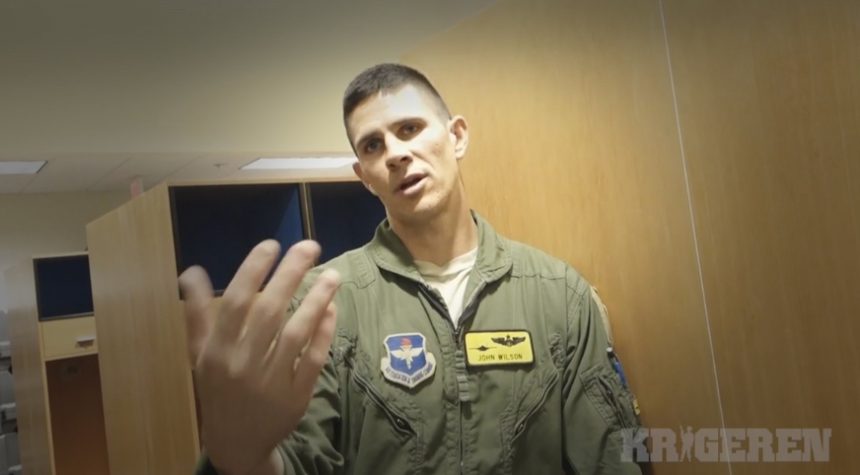…and (quite obviously) the F-22 will always be better in Air-to-Air combat. But, in all the other missions the F-35 wins.
It’s wrong to compare the F-35 with any other asset that was designed to perform a specific mission: this is, in simple words, what a U.S. F-35 pilot said in an interview he gave to the Danish website focusing on military topics Krigeren.
Interviewed at Luke Air Force Base, by Christian Sundsdal, Maj. John Wilson, an F-35 pilot with an F-16 background clearly explained something that is quite obvious to everyone: an A-10 Thunderbolt II will always be better in CAS than the F-35 because it was designed to perform that kind of mission. Similarly, an F-22 will always be better than the JSF in air-to-air combat, because it was designed for that role. However, the F-35 is better in all the other missions.
For sure, aircraft designed for a specific role are going to be more effective in that one than other multi-role platforms. The problem in this case is that the F-35 is going to replace these assets, even though many believe this is not cost-effective, and could even cost some human lives as far as CAS missions, with Troops in Contact is concerned.
Furthermore, according to Wilson, once all the limitations are removed and it can carry weapons, the F-35 will be as capable as the F-16 in the CAS role.
According to Wilson, the majority of CAS missions that have been flown in Iraq, Afghanistan or elsewhere, were flown by Predators, F-15E Strike Eagles, F-16s and F-18s.
“The A-10s make up a very small percentage [and the fact that] every JTAC or guy on the ground that has been saved, has been saved by an A-10, that’s just not true” Wilson says.
“If the guys on the ground are concerned about that…I’d say they shouldn’t be. They should only be concerned that the pilots of whatever aircraft it is, is properly trained and doing his job, dropping the right bomb, on the right target, at the right time.”
Wilson admits the aircraft is expensive, but he says that maintaining several different types in service is even more costly.
Here’s the interview.
Interview with F-35 Pilot from Krigeren.dk on Vimeo.















